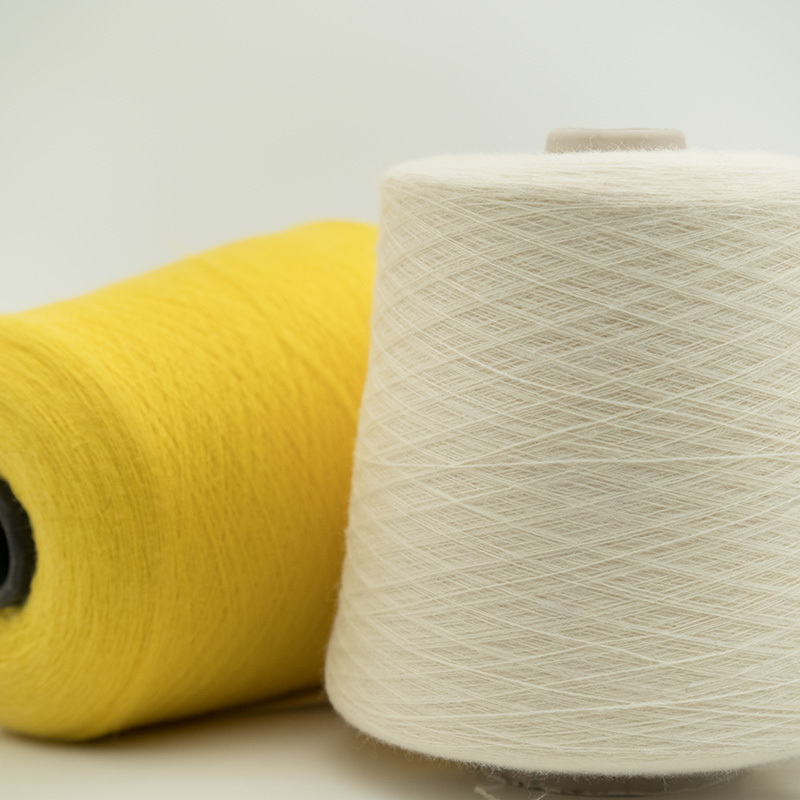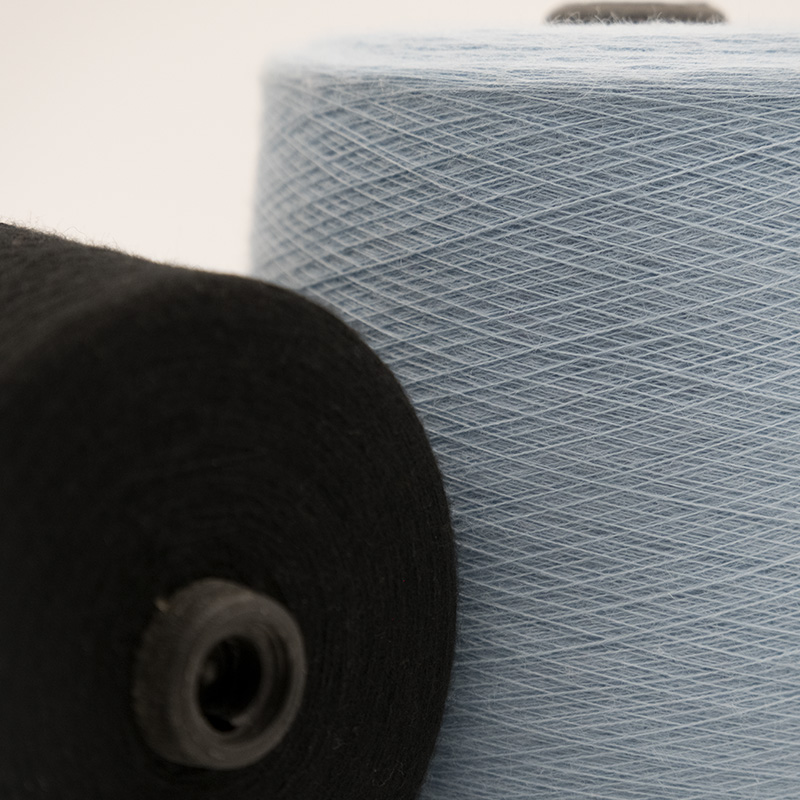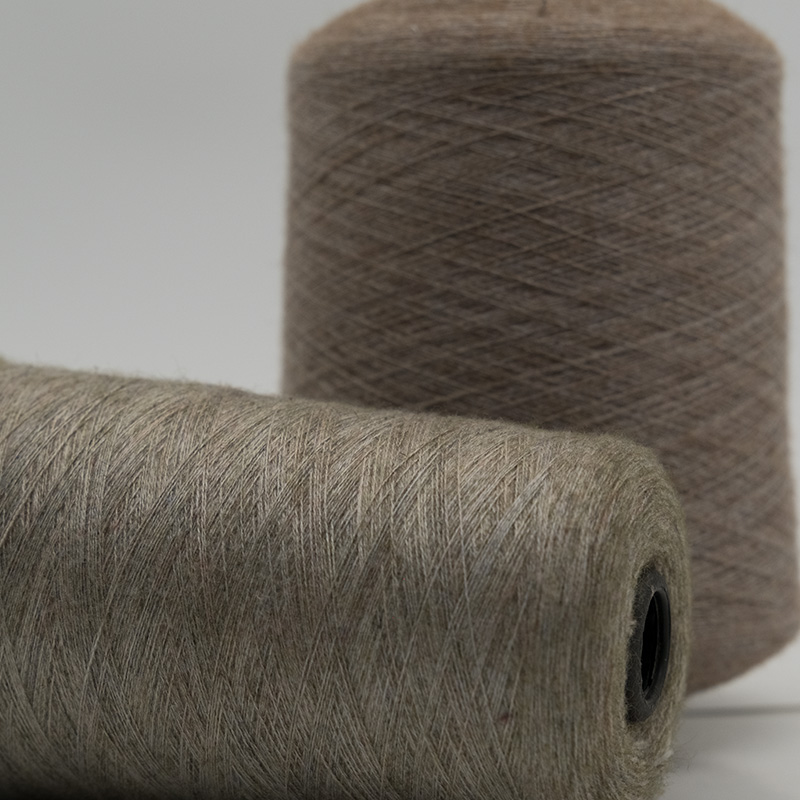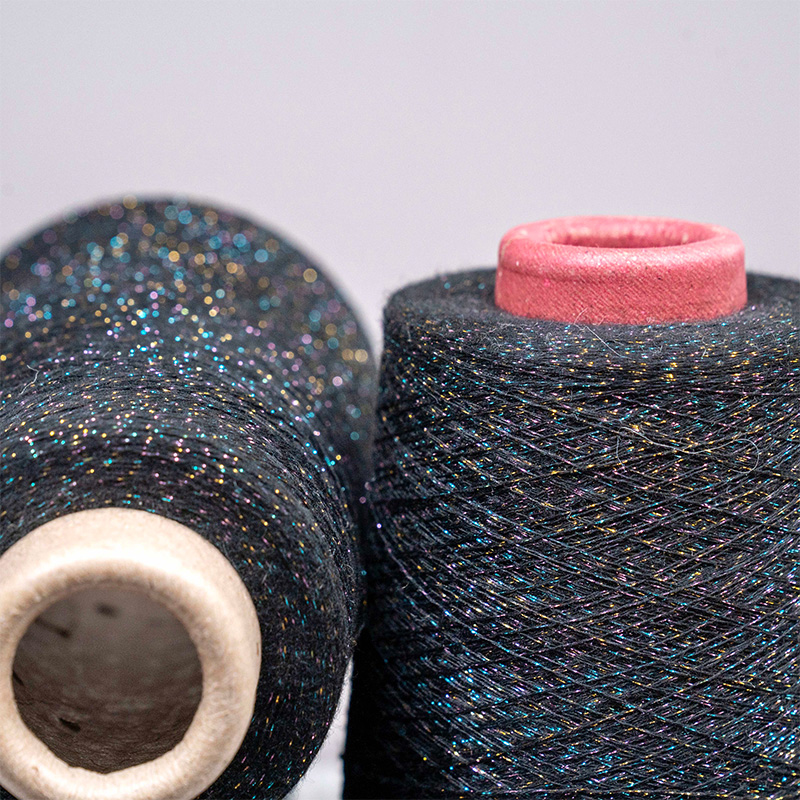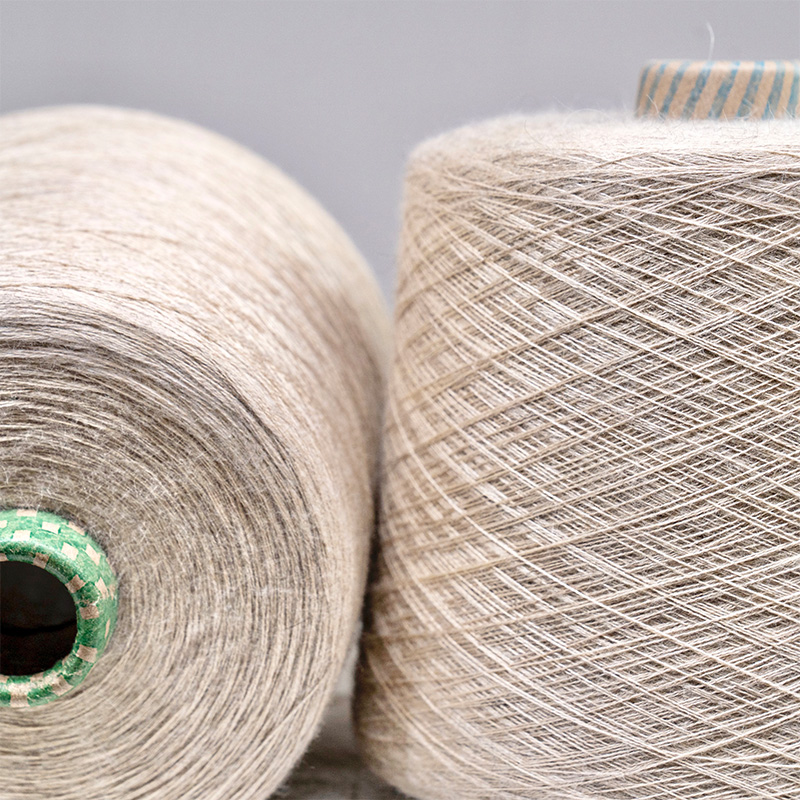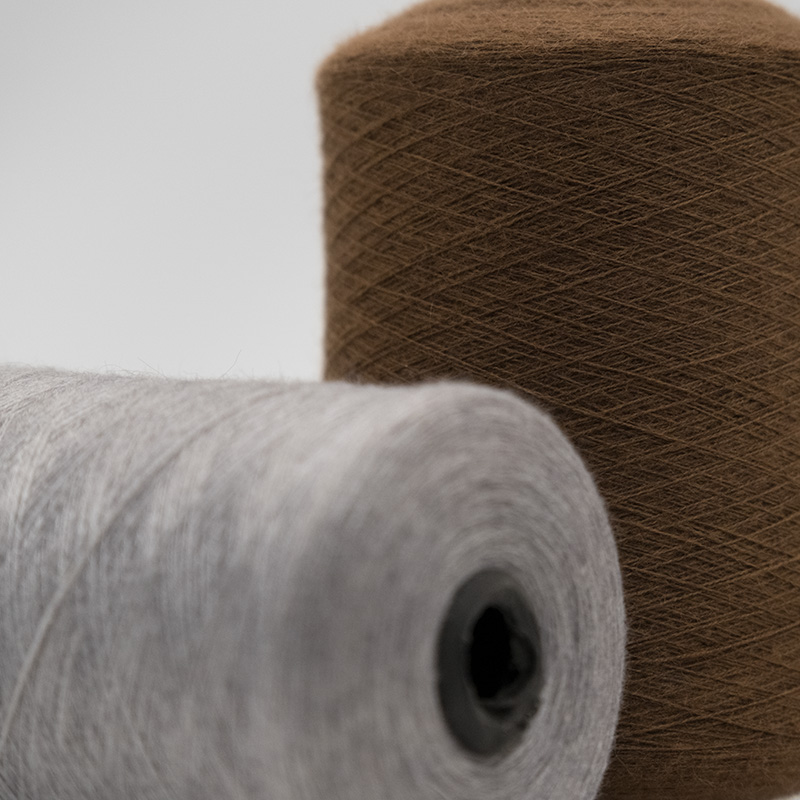Why 18S/2 Alpaca Sheep Wool Offers Lightweight Warmth Better Than Synthetic Fibers
2025-07-03
In textile manufacturing, combining softness with warmth while keeping garments light is a challenge that natural fibers like alpaca sheep wool are uniquely equipped to handle. The specific structure of 18S/2 alpaca yarn provides a rare balance of insulation and breathability. Unlike synthetic fibers, which rely on trapped air in artificial weaves to retain heat, alpaca’s microscopic hollow core insulates while allowing moisture to escape. This natural architecture means that even at lower yarn counts, alpaca can perform efficiently without adding bulk.
What makes 18S/2 alpaca sheep wool stand out is not only the comfort it provides but also how it maintains thermal regulation without excessive layering. Synthetics like polyester fleece tend to retain heat but also trap sweat, leading to clamminess in activewear or outerwear. Alpaca wool, by contrast, wicks moisture away while staying dry to the touch. The result is a fabric that keeps the body at a more stable temperature, ideal for both indoor and outdoor winter garments designed for long wear.
In high-end garment manufacturing, weight-to-warmth ratio is often a top concern, especially for fashion-conscious winter wear. With 18S/2 yarn, the double-ply structure enhances tensile strength while maintaining an exceptionally soft drape, making it suitable for both casual wear and luxury tailoring. Designers value this characteristic because it eliminates the need for excessive padding or inner linings, giving the garment a natural silhouette without compromising on insulation.
Durability is another edge. While synthetics may offer initial affordability, their long-term performance suffers due to pilling, fiber breakdown under UV exposure, and limited breathability. Alpaca sheep wool, especially in well-spun counts like 18S/2, offers resilience to friction and frequent washing. Its resistance to wear keeps garments looking presentable for multiple seasons, which is a key selling point for commercial buyers sourcing textiles for repeat-use products.
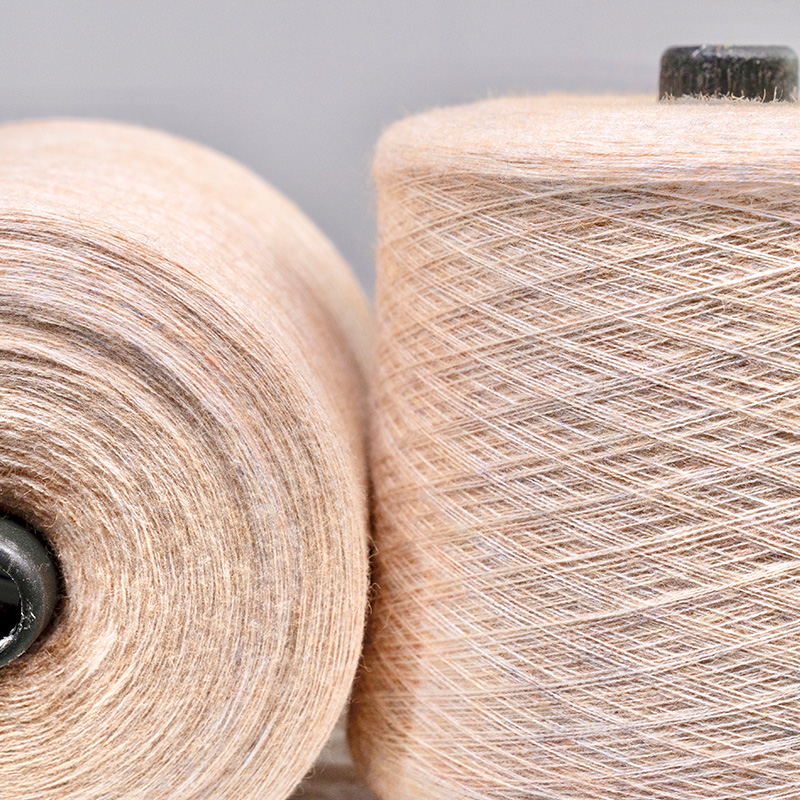
Alpaca sheep are known to live in high altitudes with extreme temperature swings, and their fleece has evolved to manage thermal extremes efficiently. That inherent adaptability is passed directly into the yarn. Compared with man-made fibers, alpaca maintains warmth even when damp, a crucial property for cold-weather outerwear. 18S/2 alpaca sheep wool, with its balance of fineness and durability, delivers this natural performance without synthetics’ reliance on chemical coatings or engineered microfibers.
Another strength lies in feel. While synthetics often require post-processing to soften their touch—sometimes involving silicon finishes or chemical washes—alpaca 18S/2 wool already offers a pleasant handfeel. That tactile quality increases customer satisfaction in products like scarves, sweaters, or blankets that are worn close to the skin. As a manufacturer, we’ve found that clients in both fashion and home textile sectors appreciate this immediate quality—there’s less need for finishing steps, and the end product is consistently comfortable.
From a processing standpoint, 18S/2 alpaca sheep wool behaves more consistently in dyeing and finishing than blended synthetics. Because it absorbs dyes deeply without compromising strength, colors tend to stay rich and stable after repeated laundering. That helps ensure brand consistency for businesses producing seasonal collections or interior décor products where color integrity is critical. It's a small detail, but in professional textile production, predictability reduces waste and improves delivery timelines.
For buyers looking to elevate their product line with materials that combine natural performance, durability, and sensory comfort, 18S/2 alpaca sheep wool stands out as a premium option. It’s not just a fiber—it’s a long-term value proposition backed by nature’s engineering and refined by thoughtful manufacturing. If your customers expect garments or furnishings that are lightweight yet warm, this yarn count could be the difference between good and great.



 English
English русский
русский Español
Español 中文简体
中文简体

